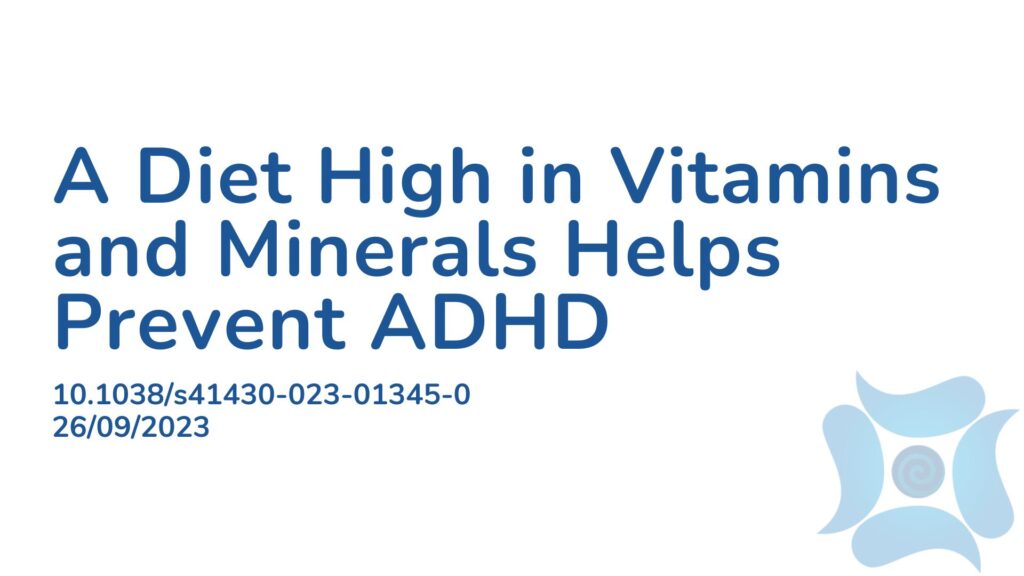Summary:
Children are particularly susceptible to unhealthy diets, which can increase their risk of various health problems. Attention Deficit Hyperactivity Disorder (ADHD) is a commonly diagnosed neuro-developmental condition that often persists into adulthood which presents as levels of inattention and hyperactivity. The exact causes of ADHD remain unclear, but a combination of biological and environmental factors likely contributes to its increasing incidence. Nutritional deficiencies, such as zinc, magnesium, ferritin, and omega-3 fatty acids, have been suggested as potential contributors to ADHD development. This study aims to identify nutrient and dietary patterns and their association with ADHD in children. Dietary habits of children with and without ADHD were evaluated using a food frequency questionnaire. The findings showed that children with ADHD exhibited a significantly higher average total energy intake and that reduced intake of diets rich in minerals and vitamins were associated with an increased risk of ADHD in children.
Abstract:
Background: Attention Deficit Hyperactive Disorder (ADHD) diagnosis has been growing among children, with great public health concern. The relationship between nutrient intake pattern and ADHD remains unclear. Aim: To identify the nutrient intake patterns and its association with ADHD in children. Subjects and methods: The study involved 146 children with ADHD, 141 control sibling, and 146 community controls. ADHD diagnosis was confirmed using the Diagnostic and Statistical Manual of Mental Disorders, 5th Edition (DSM-V) criteria following the assessment by the long-form Conner’s Scale. Dietary intakes were assessed using a semi-quantitative food frequency questionnaire. Nutrients patterns were identified using the principal component analysis (PCA). Results: ADHD children have significantly higher mean total energy intake than community controls and siblings (8867.9, 4481.9 and 7308.2 KJ, respectively, p < 0.001). Four nutrient patterns extracted by the PCA explained 75.9% of the total variance. Lower tertiles of “predominantly calcium-phosphorus; pattern 1” and “predominantly-vitamins; pattern 3” were significantly associated with increasing odds of ADHD, compared to community controls (p for trend: 0.002 and 0.005, respectively), while the same associations were noted in “predominantly-vitamins” and “predominantly Zinc-Iron; pattern 2” when compared to siblings (p for trend: <0.001 and <0.001, respectively). However, Higher tertiles of macronutrients; pattern 4” were associated with increased ADHD odds, compared to either community controls or siblings (p for trend: 0.017 and <0.001, respectively). Conclusion: Lower intakes of nutrients patterns of minerals and vitamins, and higher intakes of macronutrients were associated with increased likelihood of ADHD in children.
Article Publication Date: 26/09/2023
DOI: 10.1038/s41430-023-01345-0




